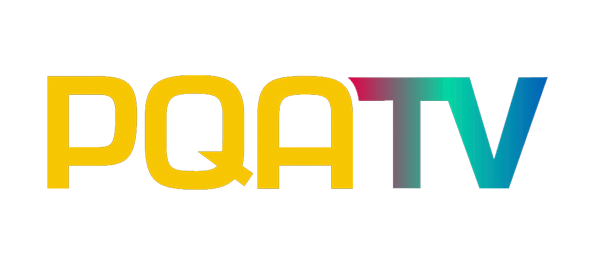Time to brush up on your filmmaking terms and educate yourself on crew roles, shot types, industry lingo and general filmmaking know how!
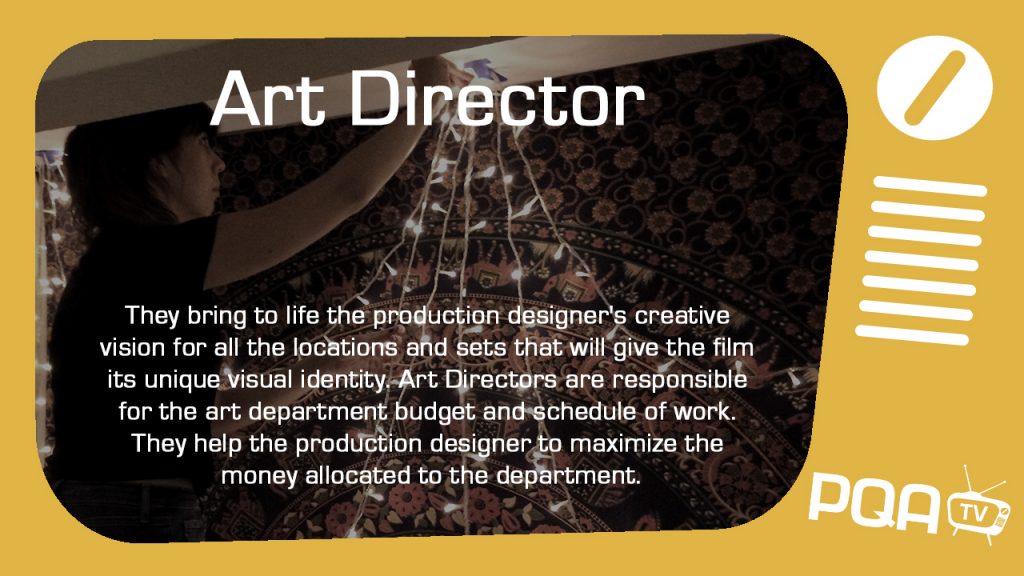
See also
Actor/Actress – Also known as the talent, cast or performer. Actors perform in front of the camera portraying a character from the film’s script.
Aerial Shot – A shot filmed from far above, typically from a drone, plane or other aerial device.
Aspect Ratio – The relative length and width of the image bring shot. Commonly used aspect ratio’s of movies and television shows could be 2.35:1 or 16:9, in contrast if you hold your phone portrait to film the ratio would be more like 9:16.
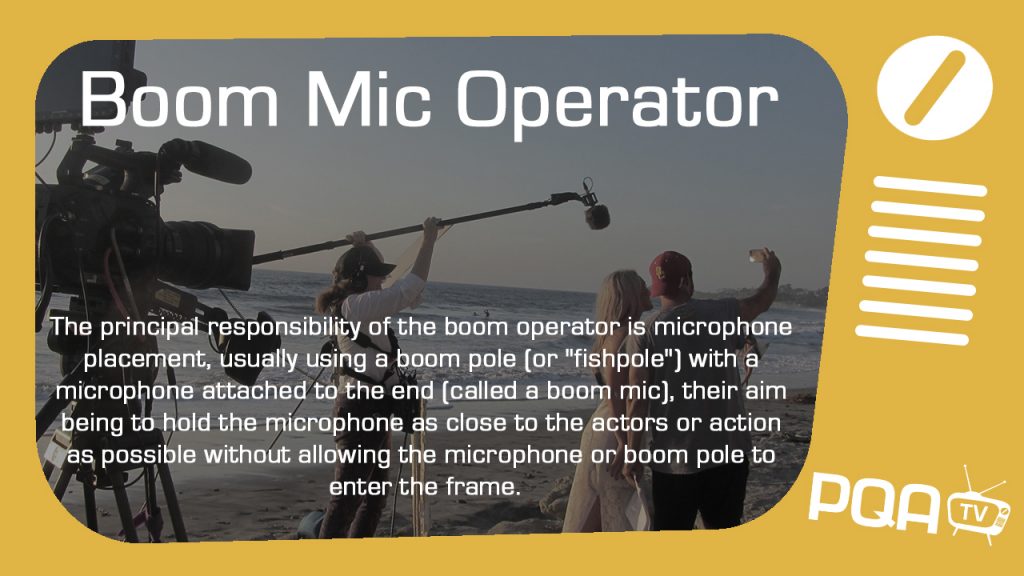
See also
Biopic – A biographical film about a real-life subject past or present. It is often seen as a sub-genre of dramas and epics.
Boom Shot – Any shot where the camera is attached to a mechanical arm like a crane or jib.
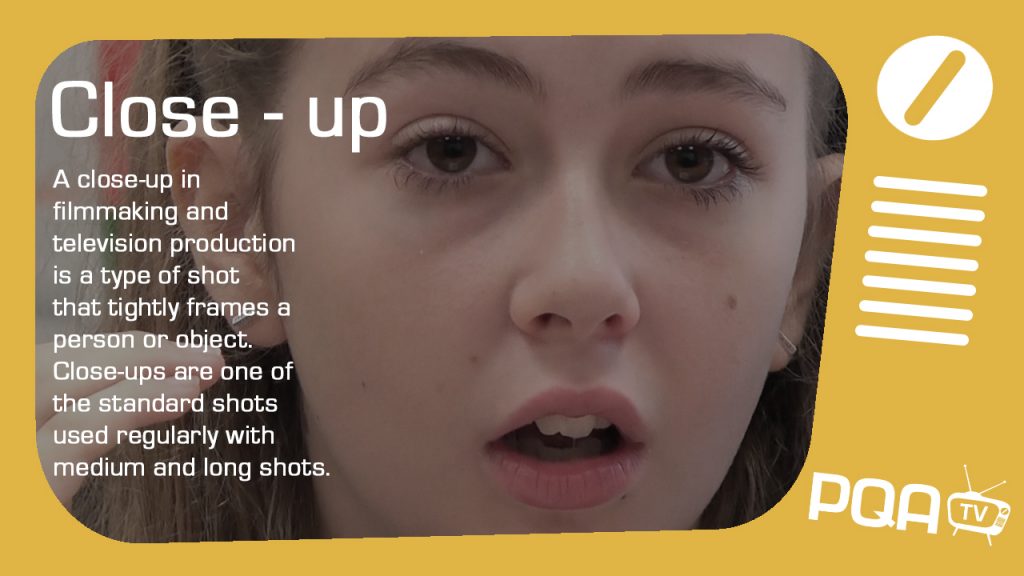
See also
Camera Operator – The crew member responsible for operating the camera. The camera operator works under the supervision of the director and the director of photography to film the script.
Call Sheet – An invaluable document which is sent before each day of filming outlining key information about the shoot, the cast, the crew and what scenes from the script are scheduled to be shot that day.
Clapperboard – The black-and-white board or slate used to display key information such as the director, title of the film, and take being filmed, this is typically held in front of the camera before action is called.
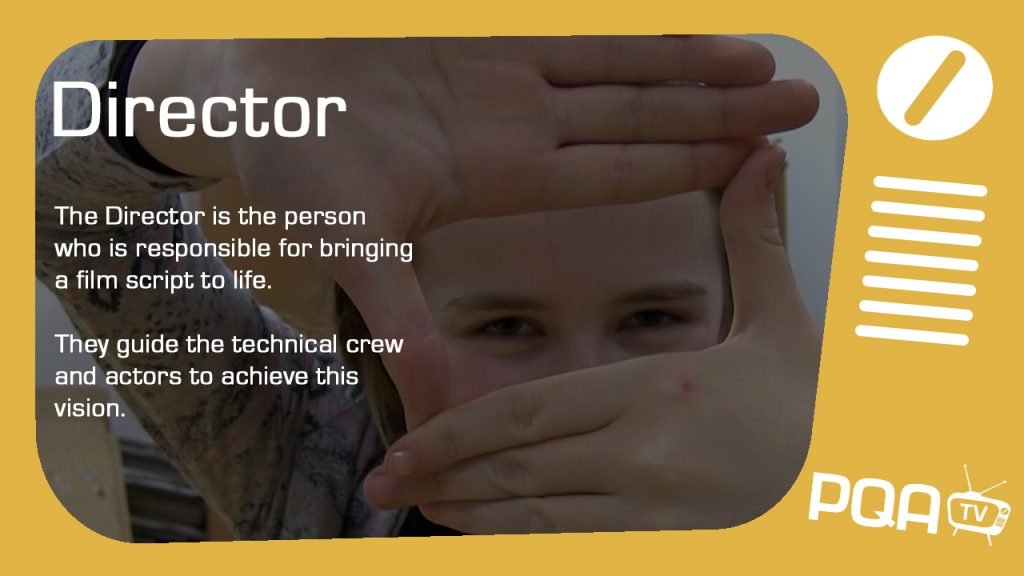
See also
Diegetic Sound – Sound that we hear in a film that exists within the scene, for example, if an object is seen and we hear that sound such as a piano being played or a basketball being bounced on the floor. If the characters in the film can hear it, it’s considered diegetic.
Dutch Angle – A shot where the camera is tilted to one side creating a diagonal angle. Often done to create a sense of unease within the viewer.
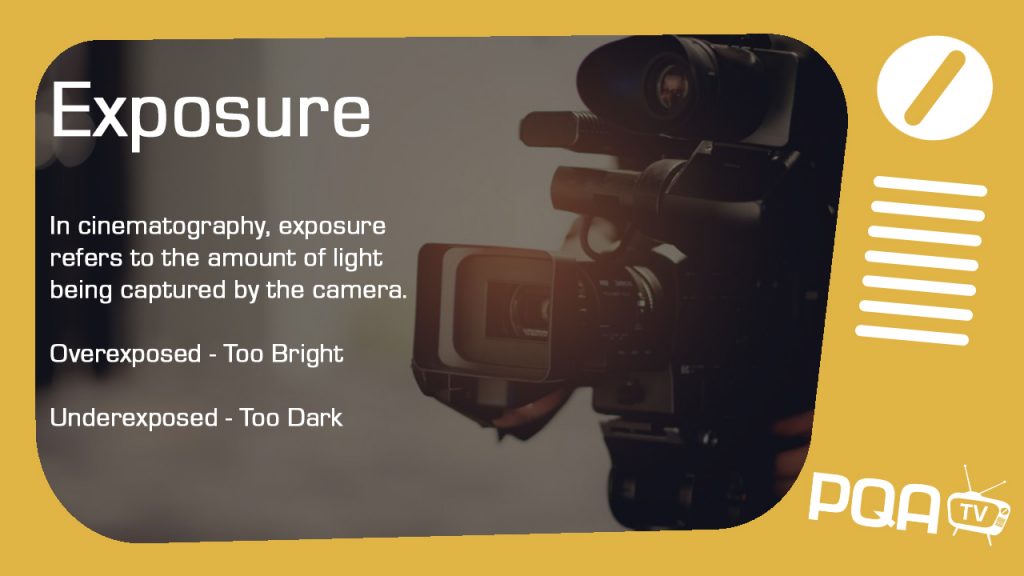
See also
Editing – The process that takes place after the film has been shot. The editor will select shots from the footage and put them together in a sequence which tells the story of the film.
Establishing Shot – A long shot that shows the location from a distance, informing the audience of the time and locale of the setting.
Extreme Close-Up – A close-up shot that films the subject or object incredibly closely, for example, a person’s eye, or a single key on a typewriter.
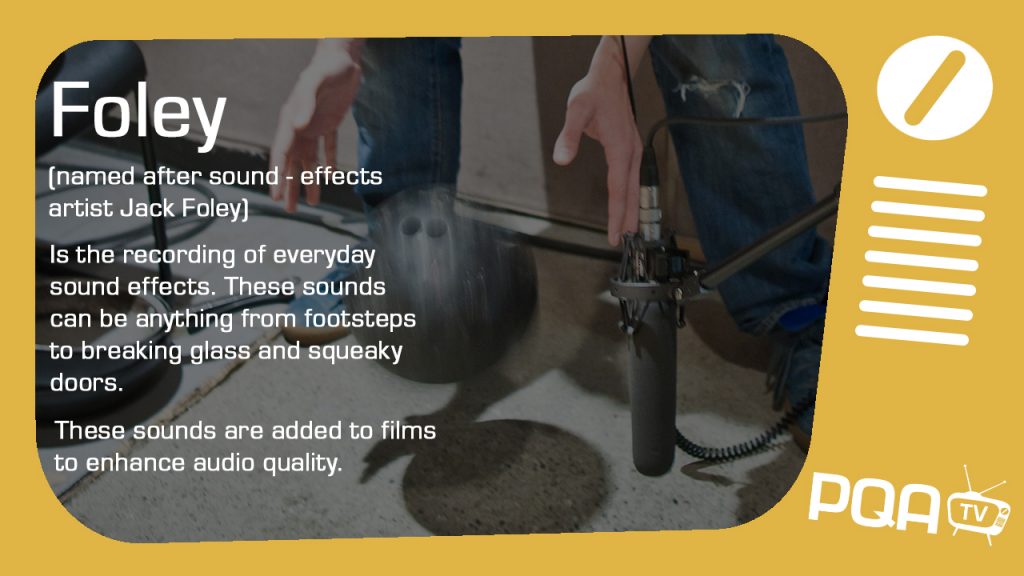
See also
Filter – A plastic, glass, or gelatinous substance placed behind or before a camera lens that alters the how the shot looks.
Fourth Wall – The illusory, imaginary plane through which the audience is able to watch the film. It is possible for characters to break the fourth wall, an example of this would be a character looking straight ahead, ‘down the lens’, at the audience and speaking to them.
Focus – The level of sharpness in the image being filmed. You can have shallow, deep, or soft focus.

